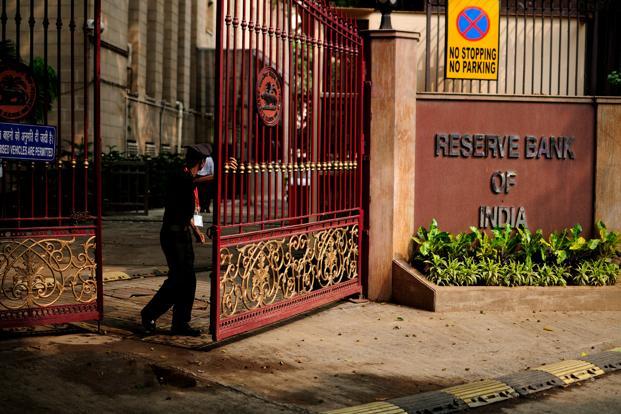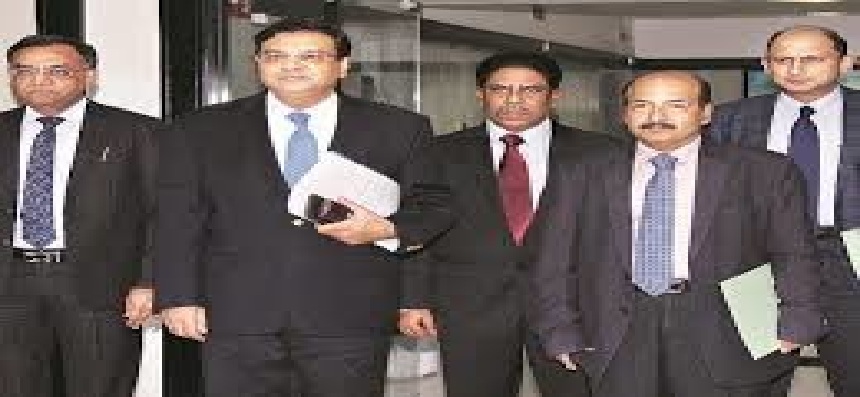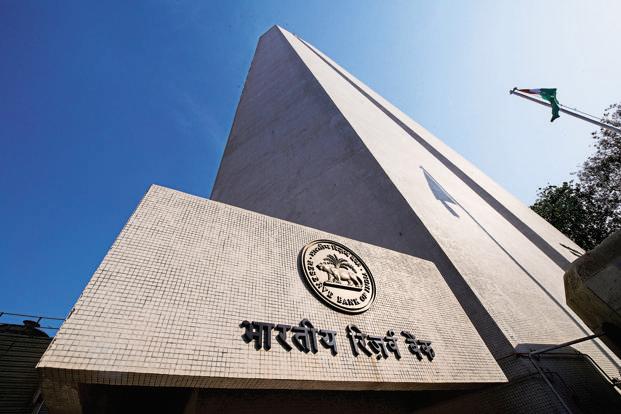The key takeaway from the Reserve Bank of India’s mid-quarter monetary policy review—the last for fiscal 2013 that ends 31 March—is not the quarter percentage point cut in its policy rate, but its guidance: “the headroom for further monetary easing remains quite limited”.
A quarter percentage point cut had been widely predicted and very few had expected a reduction in banks’ cash reserve ratio (CRR), or the portion of deposits that commercial banks need to keep with the central bank. RBI has left CRR untouched at 4%, a level last seen in December 1974.
The surprise, and perhaps a mild shock, was RBI’s observation that there may not be any further cut in policy rates in the near term. Most analysts and economists have been expecting a cut of at least 50-75 basis points in RBI’s policy rate in this calendar year, seeing the reduction as key to propping up growth in Asia’s third largest economy. RBI has practically ruled out that possibility. One basis point is one-hundredth of a percentage point.
According to RBI, “a competitive interest rate is necessary” for spurring investments that can put the economy back on the growth path “but not sufficient”. This essentially means the ball still remains in the court of the government as far as growth is concerned. RBI wants the government to bridge supply constraints, and stay the course on fiscal consolidation, both in terms of quantity and quality, and improve governance.
In other words, the key to revival of investment sentiment and economic growth is not interest rates but other factors over which RBI has no control. Only the government can address those issues.
One can’t blame the Indian central bank for taking this stance. After all, efficacy of the monetary policy is limited unless the nation follows a tight fiscal regime. RBI’s mandate is price stability, making credit available for productive purposes and financial sector stability while spurring economic growth is part of the government’s domain.
The central bank can extend a helping hand, but the government needs to take the initiative. Finance minister P. Chidambaram needs to make sure that the government does not deviate from the fiscal consolidation path he charted out in the February budget.
Indeed RBI has refrained from the CRR cut but it has assured the markets that the flow of credit to productive sectors will remain “adequate”. Presumably, this will be done through the so-called open market operations (OMOs), or buying bonds from the market. By buying bonds, the central bank infuses liquidity into the financial system. The last CRR cut—25 basis points—took effect on 9 February. This infused around Rs.18,500 crore and, along with this, Rs.20,000 crore infusion through OMOs has kept the liquidity deficit in the system at a manageable level.
The daily cash deficit this week has been around Rs.1.3 trillion but this is on account of the outflow of advance tax which Indian companies pay every quarter. Besides, the government’s cash surplus—around Rs.90,000 crore—kept with RBI is also contributing to the cash deficit. Once the government starts spending at the beginning of the new fiscal, the money will flow back into the system and the daily cash deficit will come down. But then, the government’s borrowing in the new fiscal—a record Rs.3.49 trillion in the first six months—will soak up liquidity. At that point, RBI may have to cut CRR.
The banks are unlikely to pare their loan rates unless CRR is cut. This is simply because a policy rate cut does not necessarily lower the cost of money for banks. Unlike in most developed markets, banks in India do not depend on the money market to support their loan book. Their source of funds is deposits and they are not able to bring down the deposit rate for fear of losing deposits. In the current fiscal, bank credit growth has outpaced deposit growth.
So consumers, both individuals as well as companies, cannot expect the cost of money to come down soon. Once CRR is cut, banks will pass on the benefit to their borrowers by a few basis points—something they had done after the last cut in policy rate and CRR. Behind this is simple arithmetic: On money kept with RBI, the banks do not earn any interest. The amount each bank gets back when CRR is cut earns interest as this money is deployed as credit and this benefit the banks pass on to their borrowers.
A 25 basis points rate cut will not change things dramatically for the Indian economy even as growth has become priority No. 1 for the Indian central bank, ahead of controlling inflation. The investment climate will change only if the government aggressively pushes fiscal consolidation, eases supply bottlenecks to ensure project implementation and improves governance.
The Sensex, BSE’s benchmark index, shed 1.5% on Tuesday,
the yield on 10-year benchmark bond rose and the local
currency slipped. Disappointment over RBI’s guidance and the political development of the day—a coalition partner’s withdrawal from the ruling government at the centre—drove the markets down.
More than RBI’s monetary policy, political will plays a critical role in propping up investor sentiment, restoring the economy to a relatively high growth path and attracting foreign fund flows. The last one is most crucial in financing the current account deficit, at a record high of 5% of gross domestic product.



